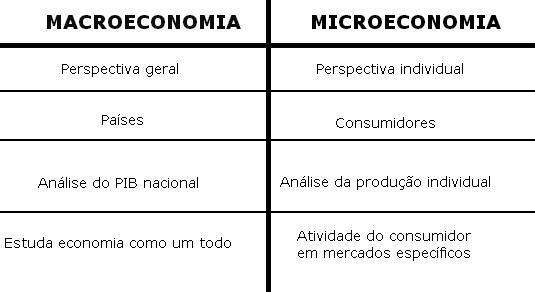Livestock refers to the economic activity of raising animals for the production of food and other raw materials for consumption, such as hides, skins and bones.
Practiced since the Neolithic period (between 7,000 and 2,500 a. C), is one of the oldest activities developed by man.
The livestock activity is responsible for supplying the most varied types of meat and also for foods of animal origin, such as honey, milk or eggs.
Like agriculture, livestock is part of the primary sector of the economy. This sector is predominant in the economies of underdeveloped countries, such as Brazil.
The term agriculture is used to refer to the set of livestock and agricultural activities. Livestock is divided into different types of culture, such as cattle, poultry and beekeeping.
Brazilian livestock
Brazil is one of the largest producers and exporters of livestock products in the world, with emphasis on beef and poultry.
This position was achieved in recent decades and was the result of factors such as:
- Industrialization and increased urbanization;
- Credit programs for the purchase of machinery and equipment;
- Creation of the Brazilian Agricultural Research Corporation (Embrapa);
- Investment in new technologies and genetic research for disease prevention and product improvement.
These actions resulted in increased productivity in the sector: in the last four decades in the Brazil, the production of poultry grew 22 times and the production of swine, milk and beef grew 4 times.
Currently, agribusiness as a whole represents about 22% of the Gross Domestic Product (GDP) of Brazil and within agribusiness, about 30% corresponds to livestock production.
Impacts of livestock activities in Brazil
Despite being an important economic activity for the country, livestock production in Brazil is responsible for several environmental and social impacts, including:
- Logging: many areas of natural vegetation in Brazil are being deforested and burned to make way for pastures. The destruction of native forests causes an imbalance in ecosystems, extinction of animals and impoverishment of the soil.
- Greenhouse gas emissions: the flatulence of cattle emits methane gas, which is one of the gases that intensify the greenhouse effect and cause global warming. The result of this emission is harmful given that there are more than 200 million heads of cattle in Brazil.
- Soil impoverishment: when areas used for grazing are not properly cared for or when there are more cattle than capacity, the soil undergoes compaction and loses its ability to filter water, making it less fertile.
- Excessive use of water: water consumption for livestock production is very high. An ox consumes about 50 liters of water per day and in the slaughter process an average of 1200 liters of water are consumed per animal.
What are the types of livestock?
Livestock activities can be classified by the type of product they produce:
- Beef cattle: creation of a herd with the objective of producing and commercializing cut of animal meat;
- Dairy livestock: breeding animals for the production of milk and dairy products such as cheese, butter and yoghurt.
Livestock can also be classified according to the technological level used in production:
Extensive livestock
Extensive livestock is a simpler and archaic production, characterized by large areas, where the herds are free-range and feed on pasture.
Due to the movement of animals in the field, the cattle develop muscles, which makes the quality of the meat inferior.
In extensive cattle raising there is little or no use of technological resources. This type of livestock is more common in less developed countries and areas and its production has low productivity.
intensive livestock
Intensive livestock farming uses technological instruments for greater productivity, such as machines and equipment, qualified labor, inputs, hybrid seeds, transgenics, cloning and insemination artificial.
In this modality, the animals are raised confined in small spaces and as they use their muscles little, their meat becomes softer. Intensive livestock farming is characteristic of more developed regions.
The most common types of meat produced by the livestock industry are:
- cattle farming: cows and oxen
- swine farming: pigs
- poultry farming: chickens, turkeys, ducks and other birds
- sheep farming: sheep and sheep
- Goat Farming: goats and goats
- Equinoculture: horses and mares
- buffalo culture: buffaloes
- Psychoculture: fish
- Beekeeping: bees
See also the meanings of farming and agriculture.

